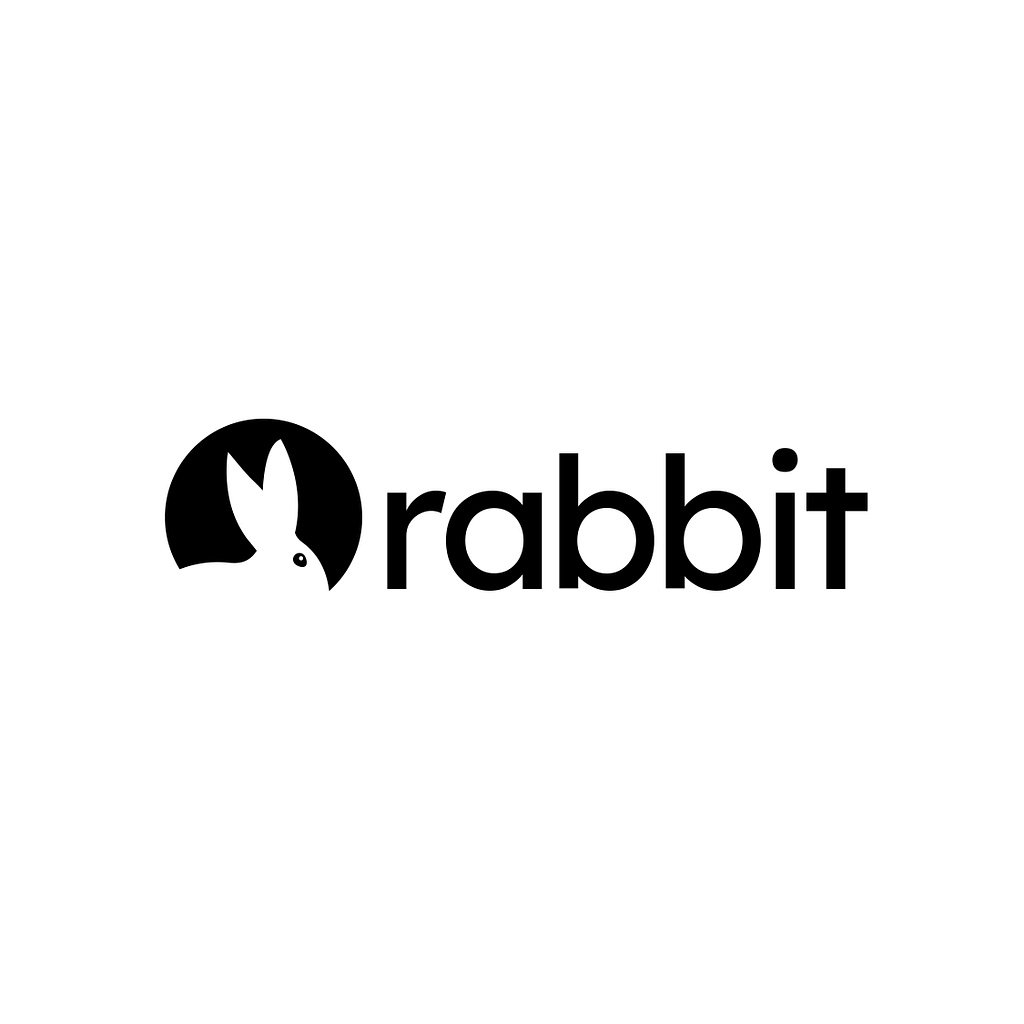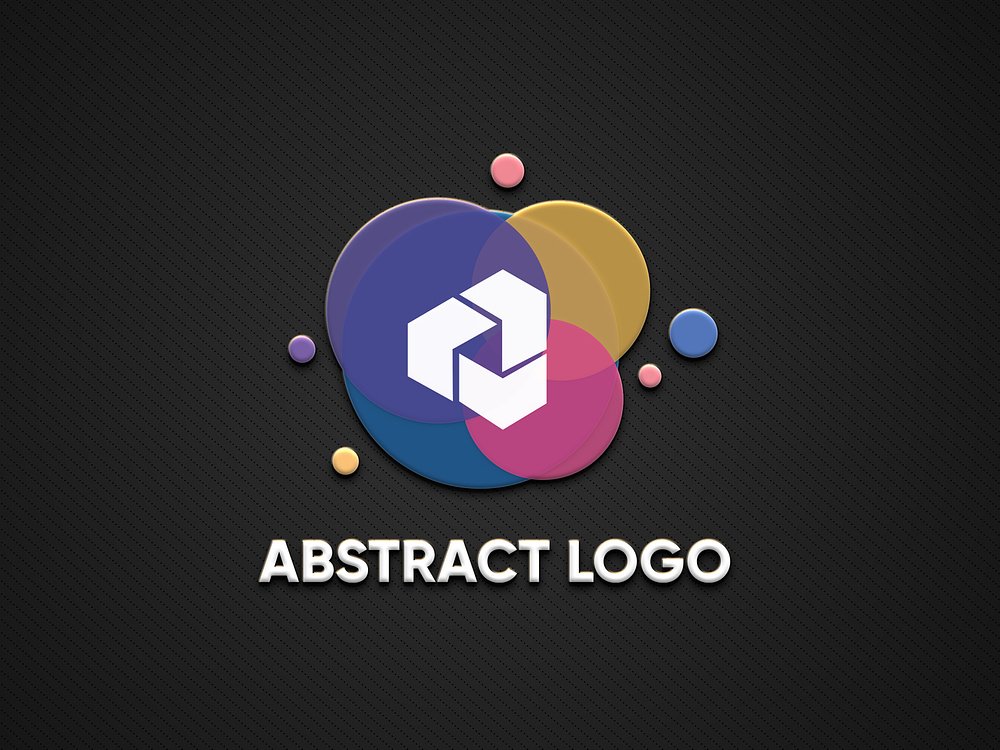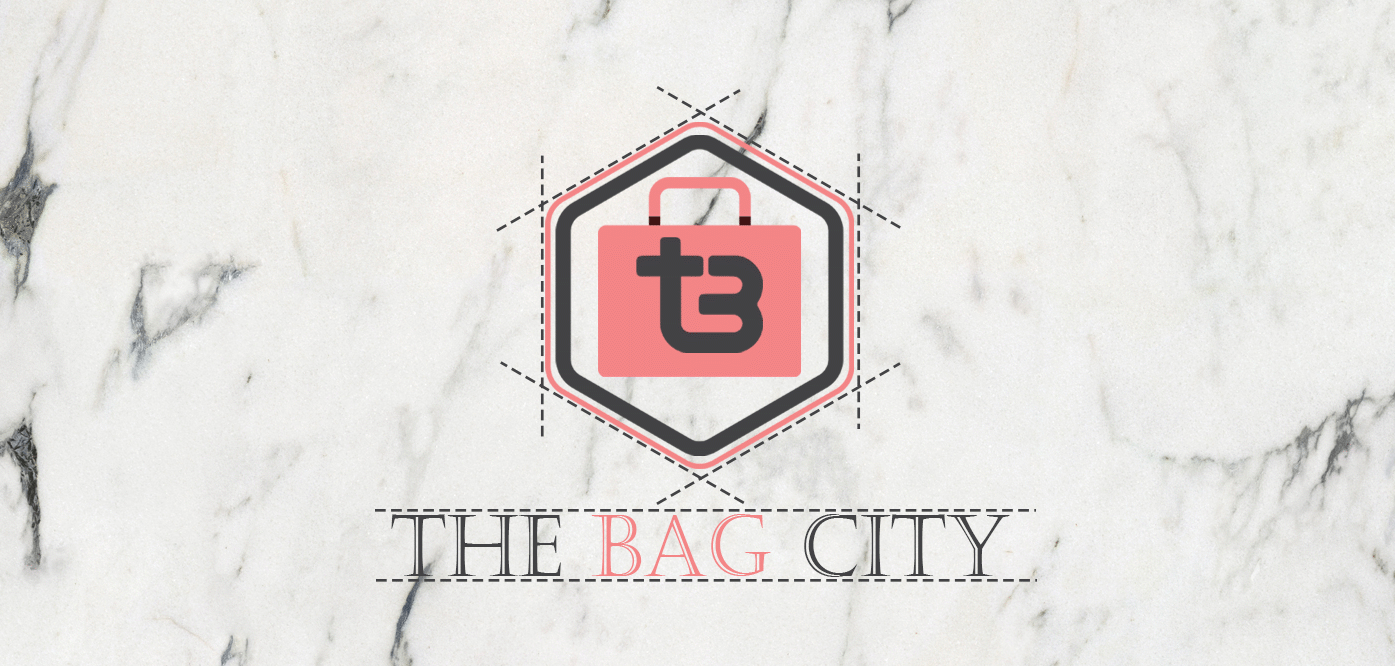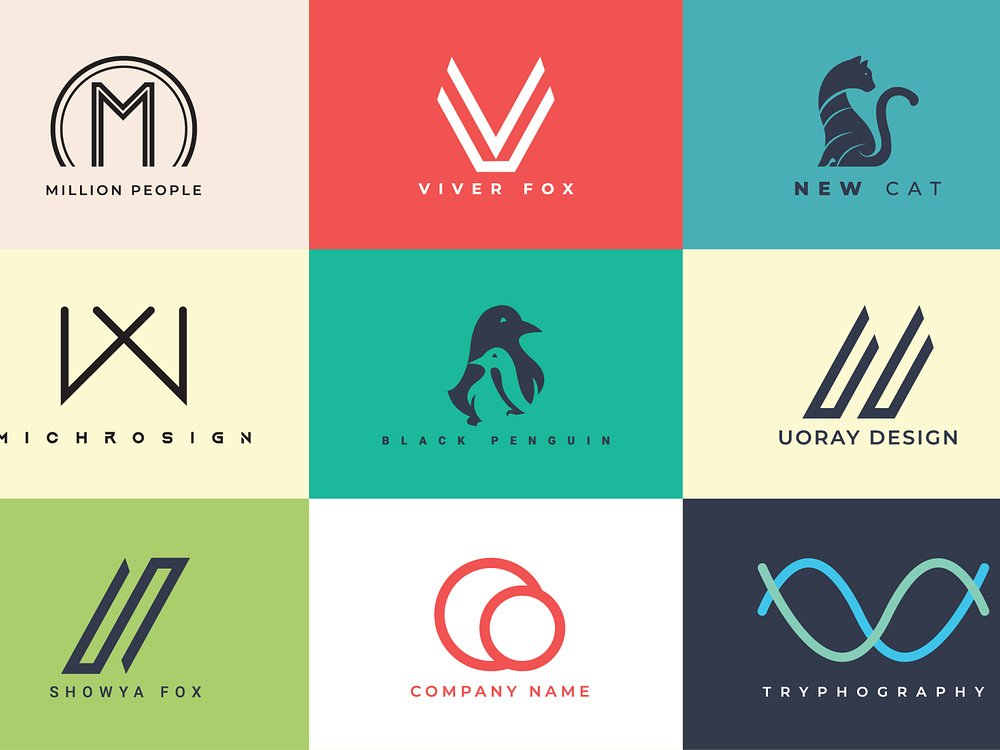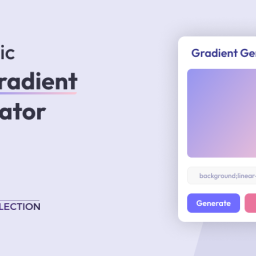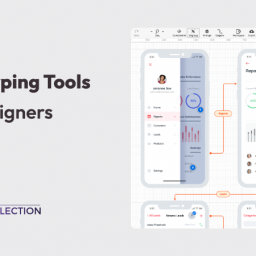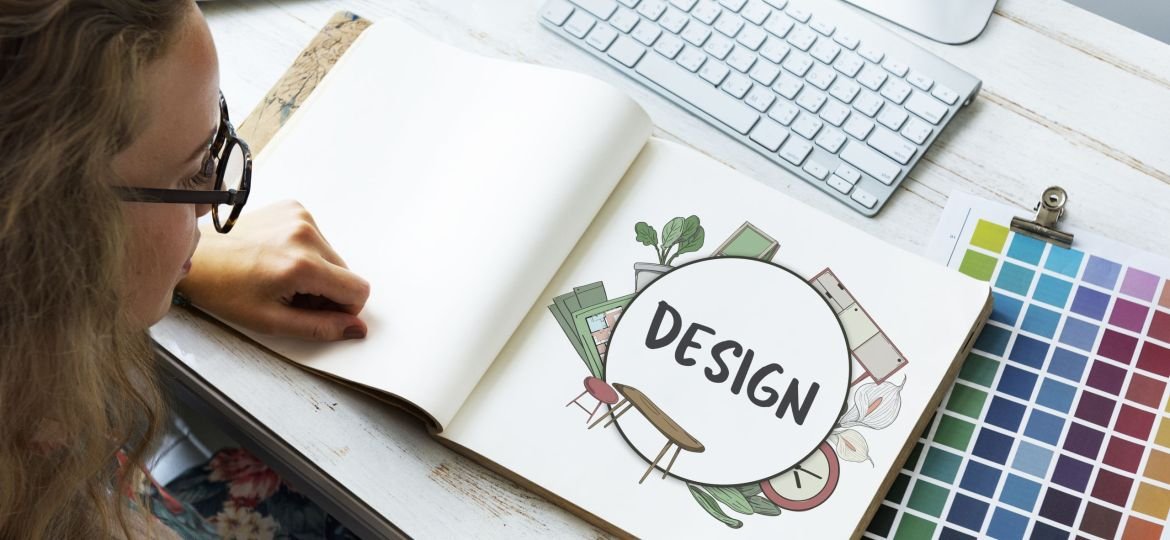
Minimalism is taking its place everywhere, and branding is no different. When we discuss branding, the first thing that comes to mind is the logo, which is the pivotal touchpoint of this entire concept. The trend of minimalism is also influencing the logo designs of various brands. While new startups aim to develop minimalistic logo designs, the established ones have also modified their existing logos to add a touch of minimalism. Multiple reasons have urged most brands to come up with such logo designs.
Table of contents
Importance of Logo Design:
A logo is much more than just a visual brand identity that could help consumers remember and recognize it. Brands leverage logo designs to showcase their personalities and values. Additionally, logos help them communicate their message to the targeted audience. The minimalism trend is gaining popularity in the branding and logo design landscape because it reflects simplicity, sophistication, and modernity.
It is also worth mentioning that brands have been moving toward minimalism in logo designs due to digital marketing and scalability requirements. However, it should be understood that simplifying or flattening logo designs without a plan can seriously impact the recognition of a brand and its marketing efforts. Hence, injecting minimalism into logo design should be well-thought-out and creative enough to cast a strong impression on the target audience and prospects.
This article discusses everything you need to know about the rise of minimalism in logo designs. Further details are given below.
Practices to Inject Minimalism in Logo Design
If you want to make a lasting impression on the target audience with a minimalistic logo that has a stunning visual appeal, you need to follow a few practices. Whether you hire a seasoned graphic designer or choose a logo maker like the one available on logomaker.net to design a minimalistic logo, following these practices will help you greatly.
Embrace the Negative Space
Credit: Dribbble
You should focus on embracing the negative space, which, in simple terms, is white space surrounding the pivotal point of a logo. It was often overlooked in complex logo designs, but with the rise of minimalism in logo design, it has taken center stage. You can embrace and leverage it to communicate subtle yet hidden meanings in a logo design.
Rely on Simple Geometric Shapes
Credit: Dribbble
The main purpose of minimalistic logo design is to ensure simplicity. This objective is easily achievable with the help of simple geometric shapes. Instead of complex design elements, you can use circles, squares, and triangles. The use of these shapes would not only make your logo design visually stunning but also be capable of standing the test of time.
Shift Toward Monochromatic Design
Credit: Dribbble
Minimalism in logo design urges you to leverage the power of a single color. Using too many colors in logo design as part of your brand identity may suppress its true essence. A well-thought-out monochromatic color palette can perfectly make your logo design more impressive and memorable. The trend of using a single color also simplifies the design significantly.
Use Subtle Text
Credit: Dribbble
Another important thing you need to consider while designing a logo is the selection of typography. The use of ultra-fine typography can speak volumes and keep your design minimalistic. Additionally, the trend of ensuring a modern and professional look for logos that revolves around simplicity emphasizes the use of ultra-fine fonts and sans-serif styles. This practice will ensure an easily readable brand name.
Benefits of Minimalism in Logo Design
Credit: Dribbble
As we have learned a few practices that can help you develop impressive and meaningful minimalistic logo designs, it is time to know how they could benefit brands. This section outlines a few benefits that will help you understand the reasons for the rise of minimalism in logo designs. Read on to learn more.
Easier Recall
The main objective of a logo is easy recall. Consumers tend to recognize and remember a logo for a long time when it is easier to recall. Since minimalistic logos are simple and effective, consumers can easily remember them compared to ones featuring complex design elements. Human brains are more likely to remember simple shapes and patterns far more efficiently than complex patterns. Hence, consumers can easily remember the logo design reflecting minimalism and associate it with a particular brand.
Versatility
A great benefit of modern minimalistic logo designs is their adaptability in various applications. Branding requires logos to be used in various places. The digital marketing landscape requires logos for various contexts. The best thing about minimalistic logo designs is their easier scalability and reproduction, which are impossible with complex ones. Minimalistic logos can be helpful in a single or multiple-color palette across various places and platforms without compromising their visual appeal.
Ability to Stand the Test of Time
Minimalistic logos featuring simple design, clean lines, and minimalist aesthetics are more likely to stand the test of time. Quite a few graphic design trends gained significant popularity and lasted longer; minimalism in logo design is also one of them. Many design trends may come and go in the future, but minimalism is here to stay. Minimalistic logo design allows you to eradicate unnecessary elements and pay attention to the brand’s essence, which will remain consistent over time.
In the end
A perfectly designed and visually stunning logo can help your brand stand out from the rest of the crowd. However, you need to keep the popular design trends in mind while designing it with the help of a graphic designer or a logo maker. Minimalism is one of the popular design trends that has stood the test of time and is destined to last longer. Minimalistic logos can help you ensure easy-to-recall, versatile, and timeless logos. You just need to keep a few practices in mind to ensure the minimalist logo design that is outlined in this article. We wish you luck with your business!
Featured Image Credit: Freepik


